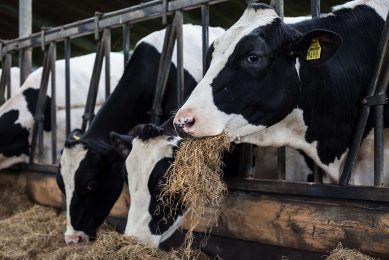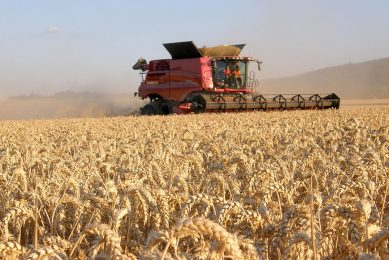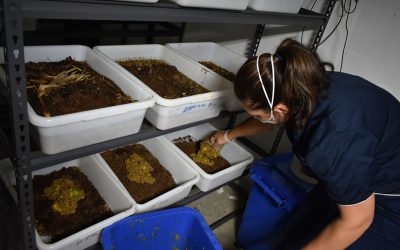Practical climate steps for agriculture

A new article published in the scientific journal PNAS (Proceedings of the National Academy of Sciences) identifies several practical steps that can be taken to adapt agriculture to climate change during the next decade.
steps alone will not be enough. Long term food security, fibre and biofuel
production requires an array of sophisticated management strategies and
supportive policies. For this, a joint effort of scientists, policymakers and
industry is needed, that will allow the world to cope with the large-scale
changes expected.
Practical adaptations
Some climate
change impacts are happening faster than previously thought states the article.
Mitigation measures have so far failed to arrest the increase in greenhouse gas
emissions. Practical adaptations such as changing timing of plantings, the
varieties or species of crops grown might avoid the damage caused by 1- to
2-degree changes in temperature – those expected over the next few decades.
However, the effectiveness of such adaptation strategies declines with
increasing temperatures. Consequently, the damage from climate change will
increase unless a whole new array of adaptation options are developed and used.
Six key elements
The scientific team from CSIRO in
Australia, INRA in France, Arizona State University, IIASA in Austria and
Wageningen University in the Netherlands, identifies six key elements needed for
putting in place effective adaptation responses:
*conviction that
climate changes are real and likely to continue,
*confidence that these
changes will significantly impact on society,
*technical and other options to
respond to the changes,
*support to make the transitions to new
conditions,
*new infrastructure, policies and institutions to support
the new management and land use arrangements, and
*targeted monitoring of
adaptations to learn what works, what does not and why
Related
link:
The full article
To receive more animal feed news, subscribe
here
Source: WUR











